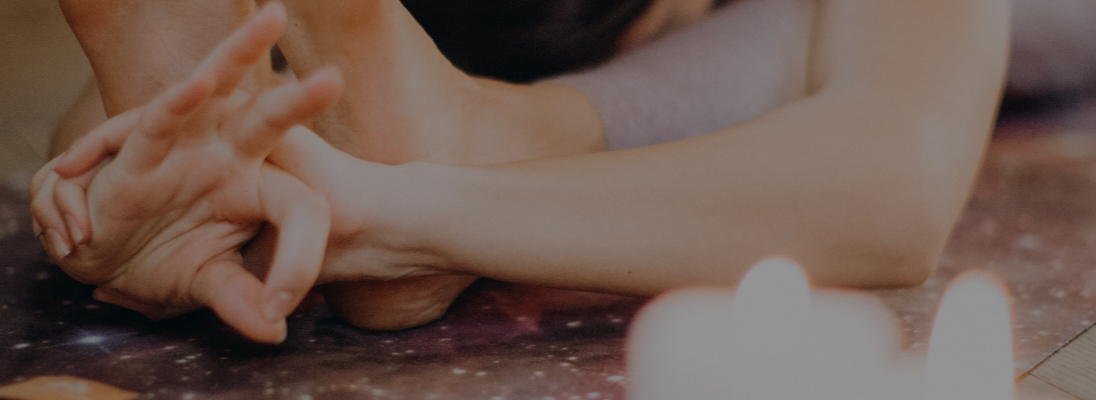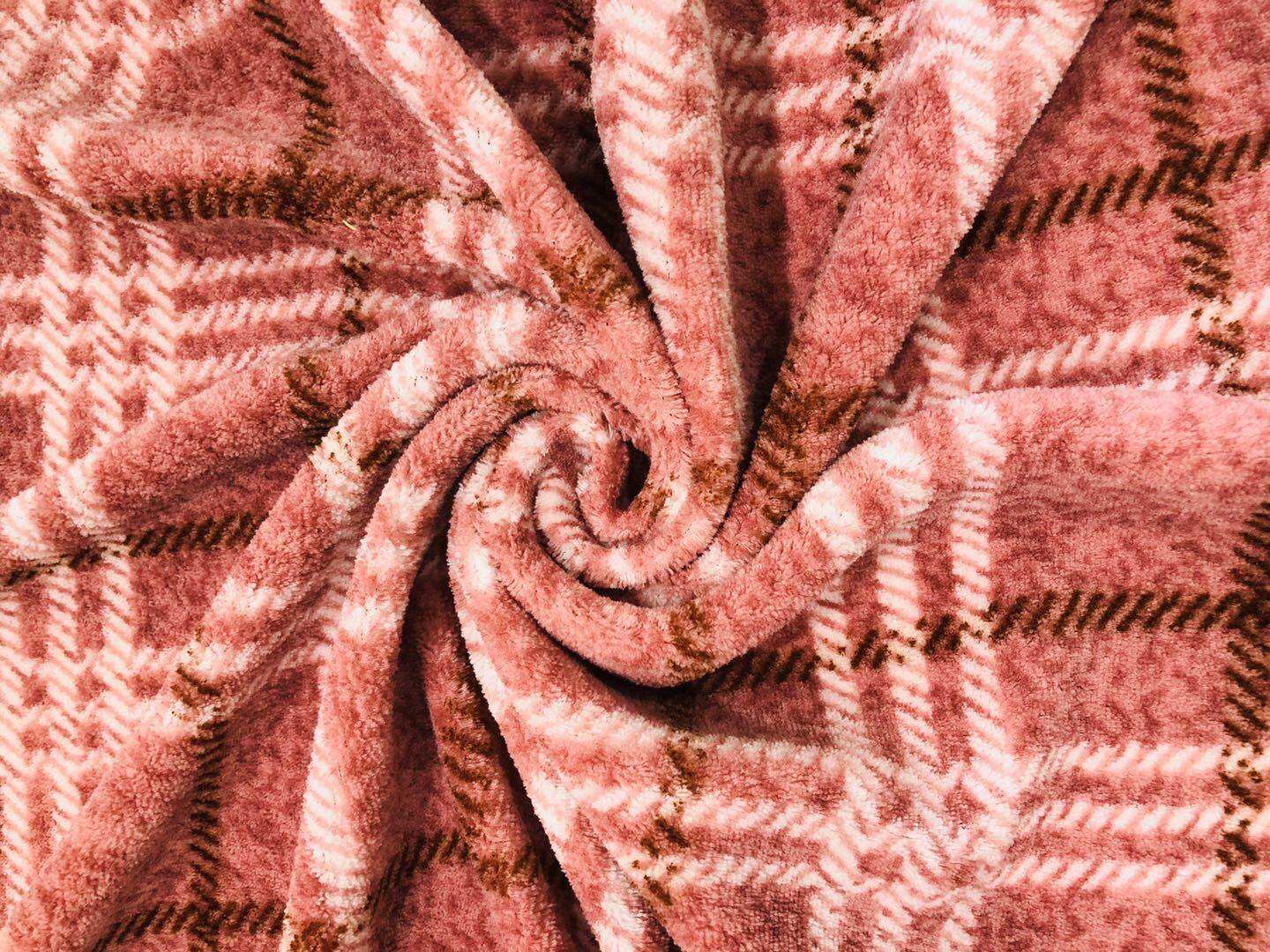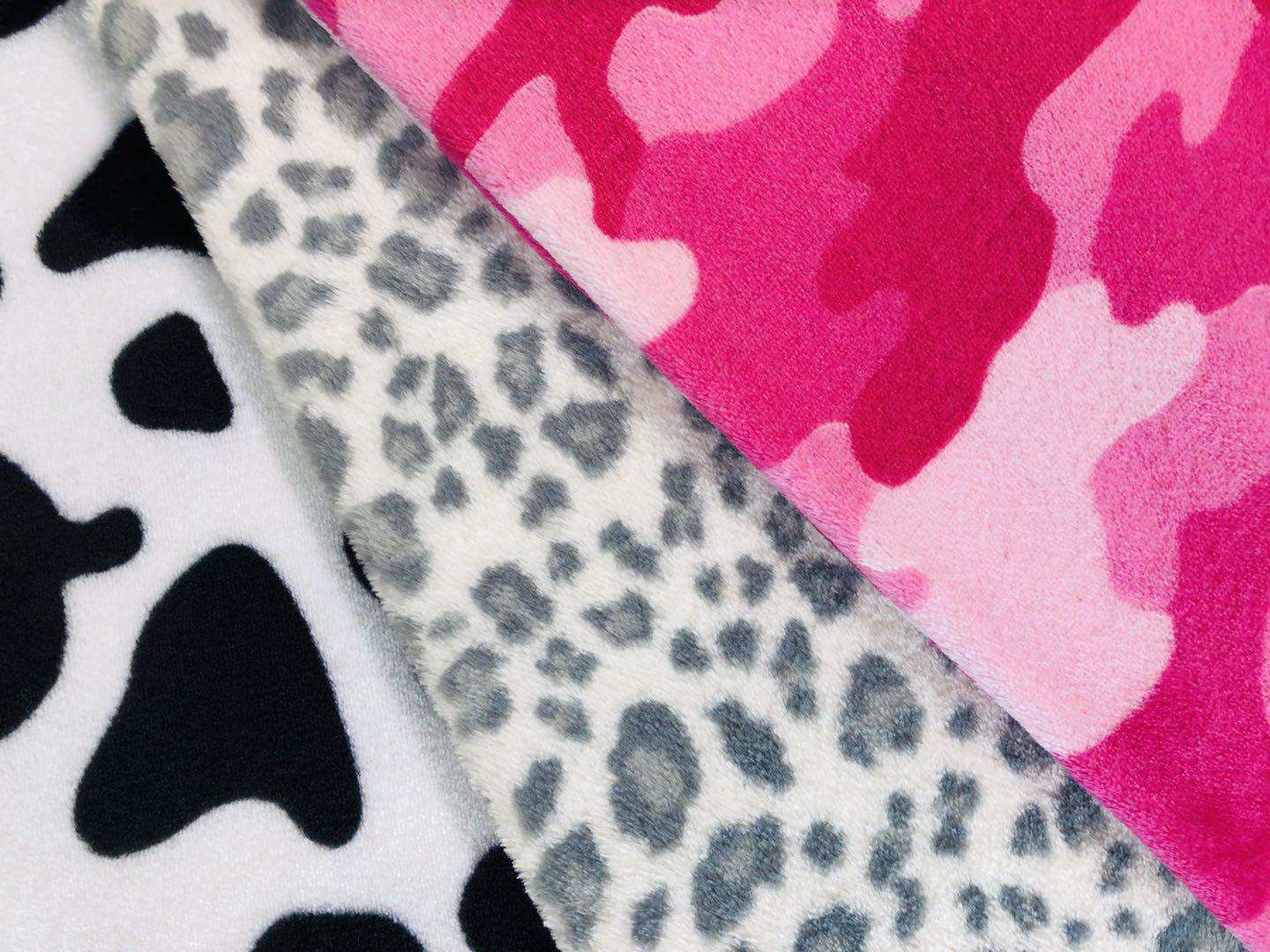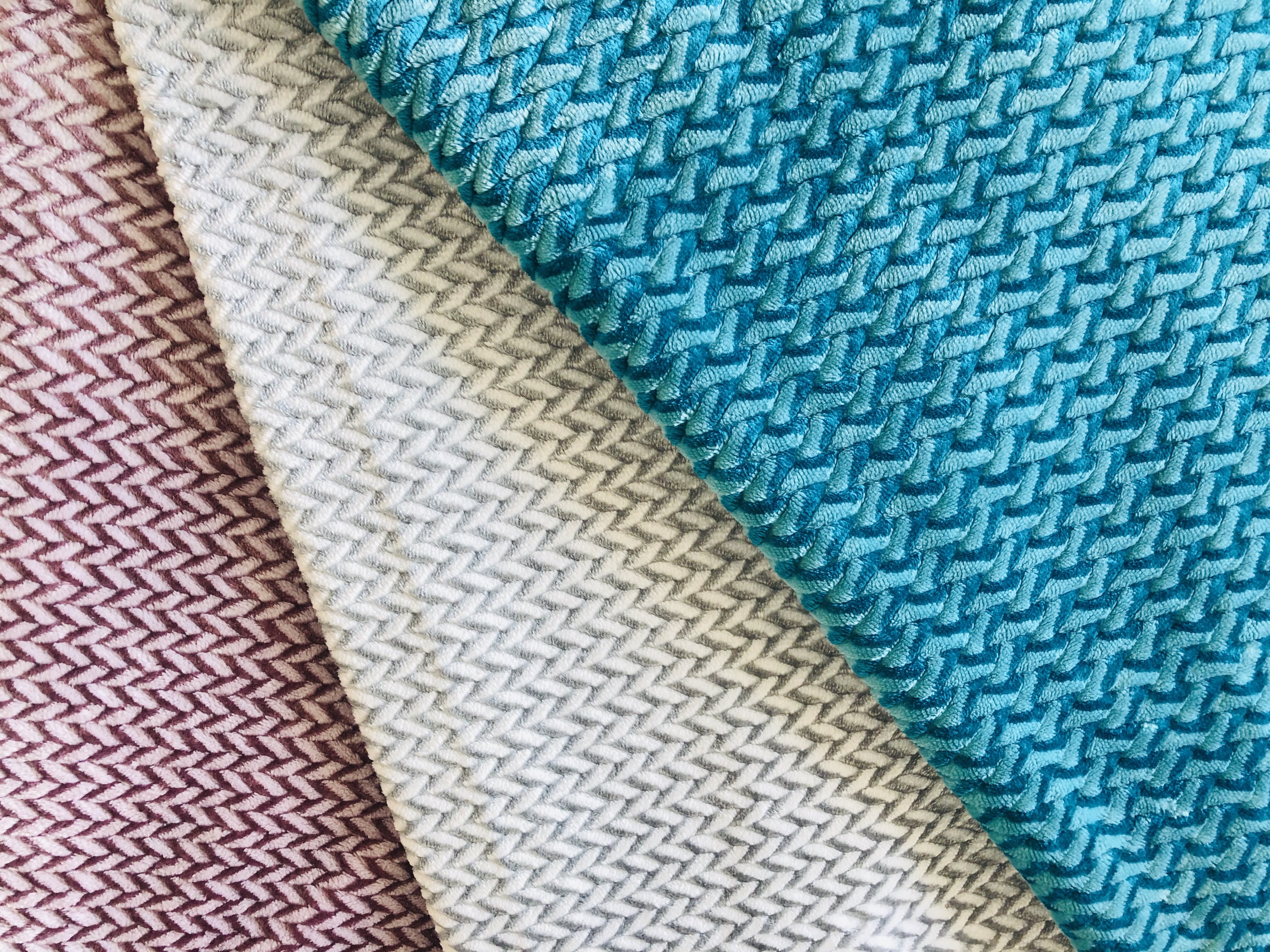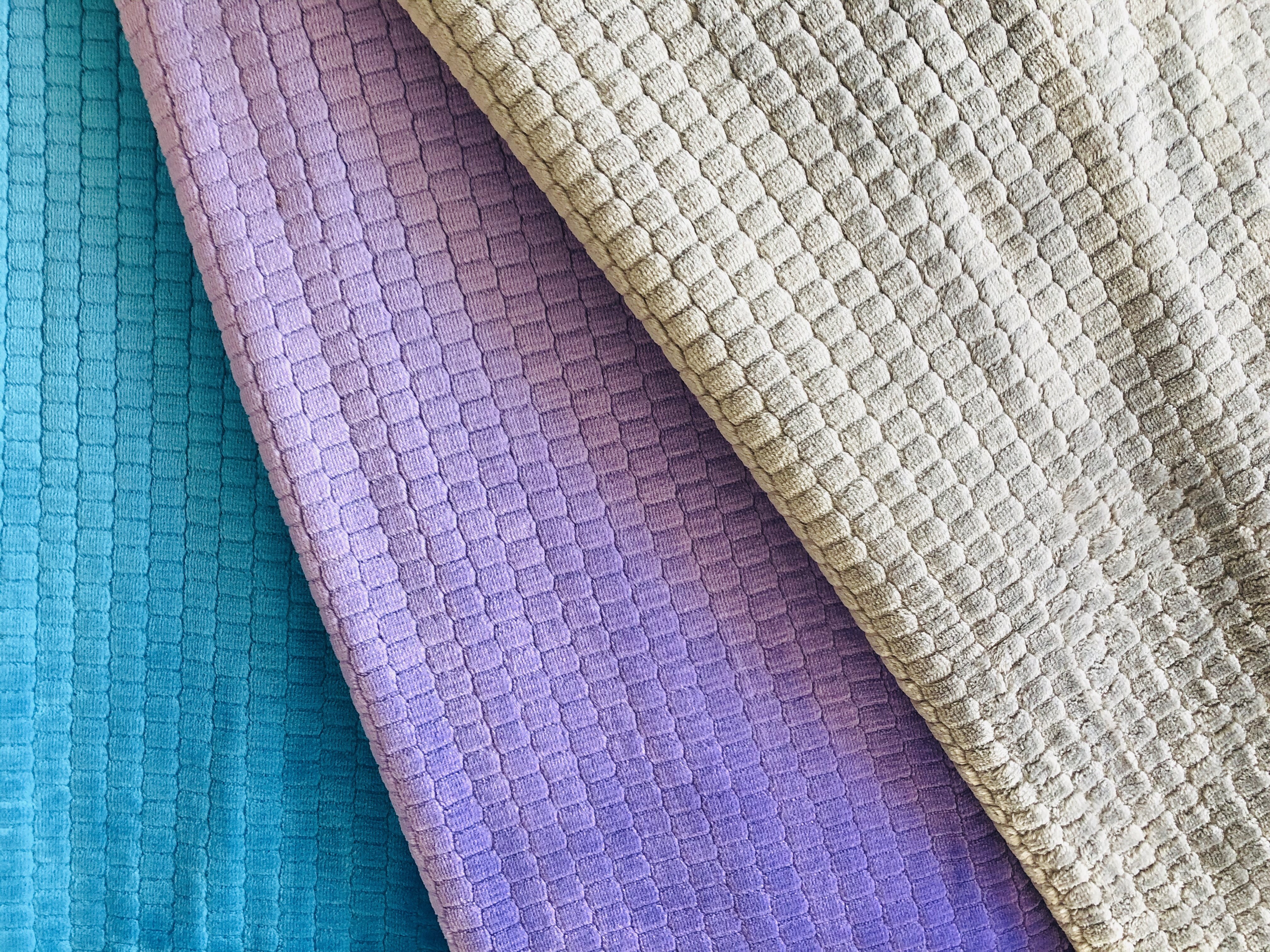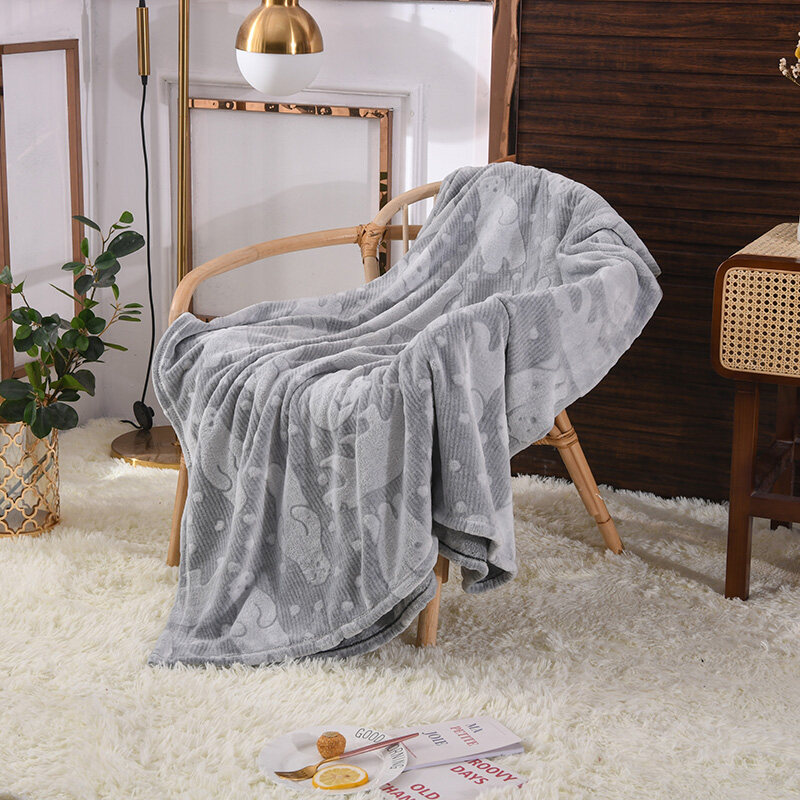Email format error
Email cannot be empty
Email already exists
6-20 characters(letters plus numbers only)
The password is inconsistent
Email format error
Email cannot be empty
Email does not exist
6-20 characters(letters plus numbers only)
The password is inconsistent

Print Coral Fleece
A best-selling fabric, coral fleece is a relatively new fabric in textile business. It is characterized by a soft feel and delicate texture. It is made of natural materials like cotton and wool, with no added dyes or other chemicals.
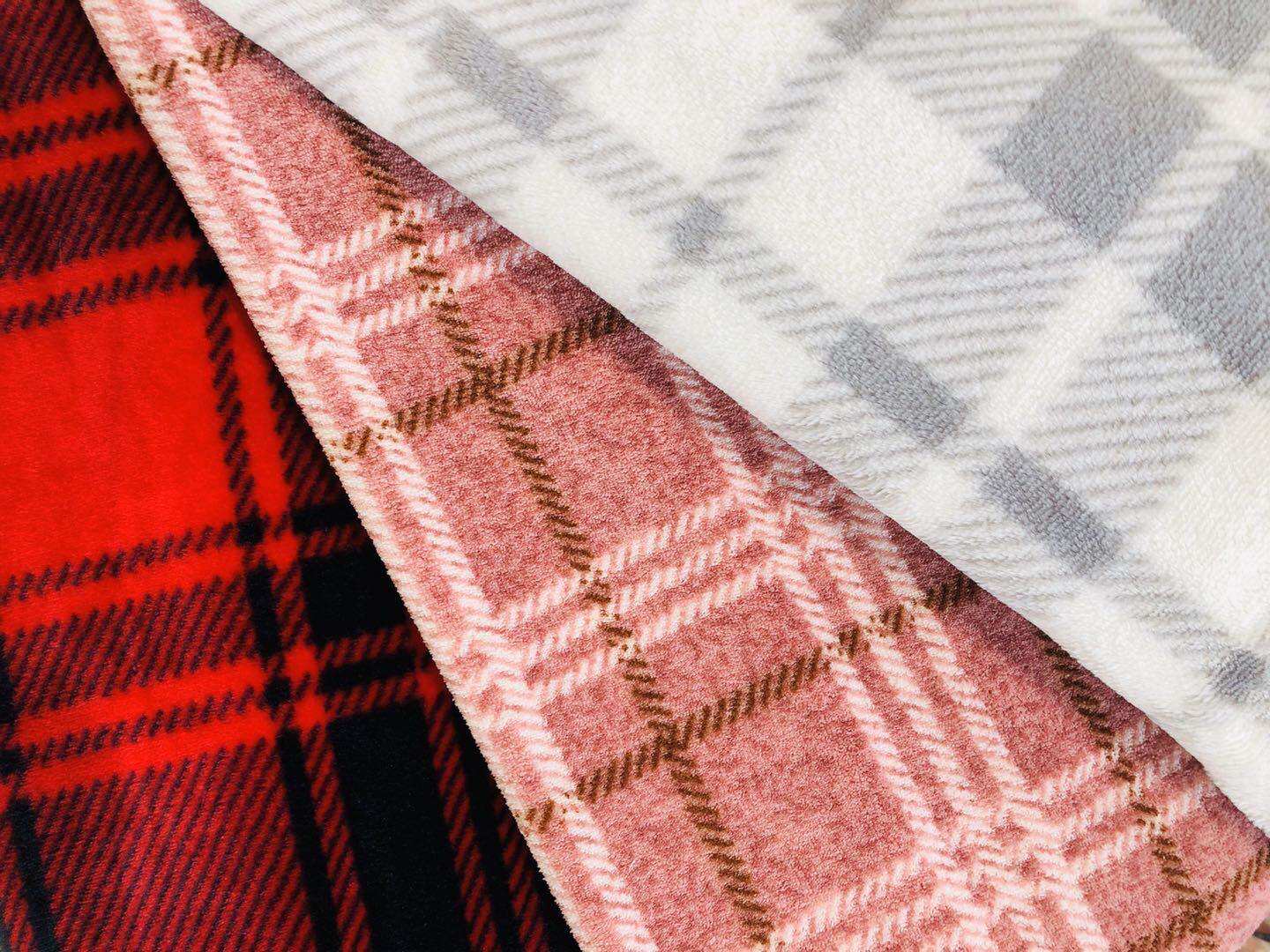
Coral fleece is a relatively new and best-selling fabric in textile fabrics. It is characterized by a soft feel and delicate texture.
What we usually call coral fleece is a fabric woven from chemical fiber (polyester fiber) through a double needle bed warp knitting machine.
Advantages: silky smoothness and gloss, good hand feel, rich colors, durable and good thermal insulation. (Polyester fibers are easier to clean, have good gloss, feel light and soft, are rich in color, and highlight noble temperament.)
Coral fleece application
Mainly used in gowns, baby products, children's clothing, pajamas, shoes and hats, toys, car accessories, handicraft products, home accessories, and other fields, more and more popular in the home textile industry. A large number of coral fleece bedding has emerged in the coral fleece processing market, gradually replacing traditional bedding. Coral fleece blankets, quilts, pillows, sheets, pillowcases, four-piece bedding sets, etc., are deeply trusted by consumers.
Coral fleece dyeing pretreatment process
- Unwinding of white-grey cloth
Unwinding is the first step of the whole process. This process seems simple, but it has certain safety hazards. When unwinding, pay attention to defects such as weft skew and wire drawing.
- Seam head
When sewing the head, pay attention to the connection of each box of cloth, using a flat seam, ammonia super-drawing strip, mainly because of its flexible use, convenience, firm seam head, less thread consumption, suitable for various machines and trolleys. Seams between cars. However, the use of flat-stitched cloth layers is easy to produce defects such as crosspieces, so when sewing the head, the cloth head should not be too wide about 10~15cm.
- Pre-scheduled
Pre-setting refers to directly heat-setting the white-grey fabric (temperature is 190~230°C) so that the fabric is in a relatively stable state when the dyeing and finishing process begins. The advantages of this setting process arrangement are that the fabric is not easy to stick to wool during the dyeing process, the style is good, and it is not easy to deform and crepe in the subsequent processing process.

